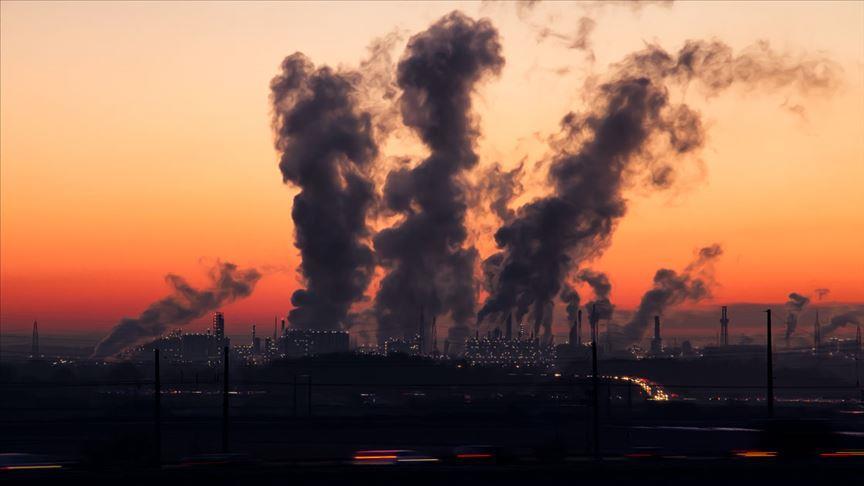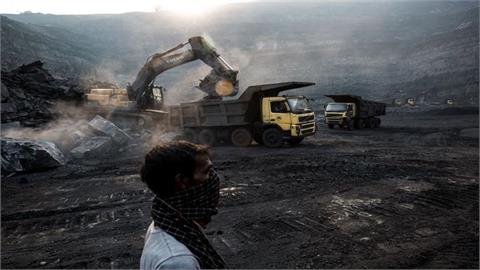India is the largest emitter of sulfur dioxide (SO2) in the world, one of the key pollutants contributing to deaths from air pollution globally, according to Greenpeace on Monday. The primary reason
India is the largest emitter of sulfur dioxide (SO2) in the world, one of the key pollutants contributing to deaths from air pollution globally, according to Greenpeace on Monday. The primary reason for India’s high emission output is the expansion of coal-based electricity generation over the past decade.
India holds more than 15% of all the anthropogenic SO2 hotspots in the world, detected by NASA's Ozone Monitoring Instrument satellite. The greatest source of SO2 in the atmosphere is the burning of fossil fuels in power plants and other industrial facilities.
Power plants burning coal and oil along with refineries are responsible for two-thirds of the SO2 emissions tracked by NASA. Smaller sources of SO2 emissions include industrial processes such as extracting metal from ore, natural sources such as volcanoes and locomotives, ships, other vehicles and heavy equipment that burn fuel with a high sulfur content.
Russia is the second largest SO2 emitter in the world, as the Norilsk metal smelters in the country are responsible for a large amount of pollution, Greenpeace said. Having the largest coal-fired power generation capacity in the world, China was the biggest emitter of SO2 until about a decade ago, and now ranks third, according the Greenpeace's analyses.
China has reduced emissions by dramatically improving the emission standards and enforcement for SO2 control. Mexico and Iran are among the five biggest SO2 emitters in the world, largely due to their respective oil fields, the data shows.
"Emission hotspot regions across the world owe it to citizens to stop investing in fossil fuels and shift to safer, more sustainable sources of energy while reducing the impact of existing polluting facilities by adopting stricter emission standards," Greenpeace said.
(Anadolu Agency)




